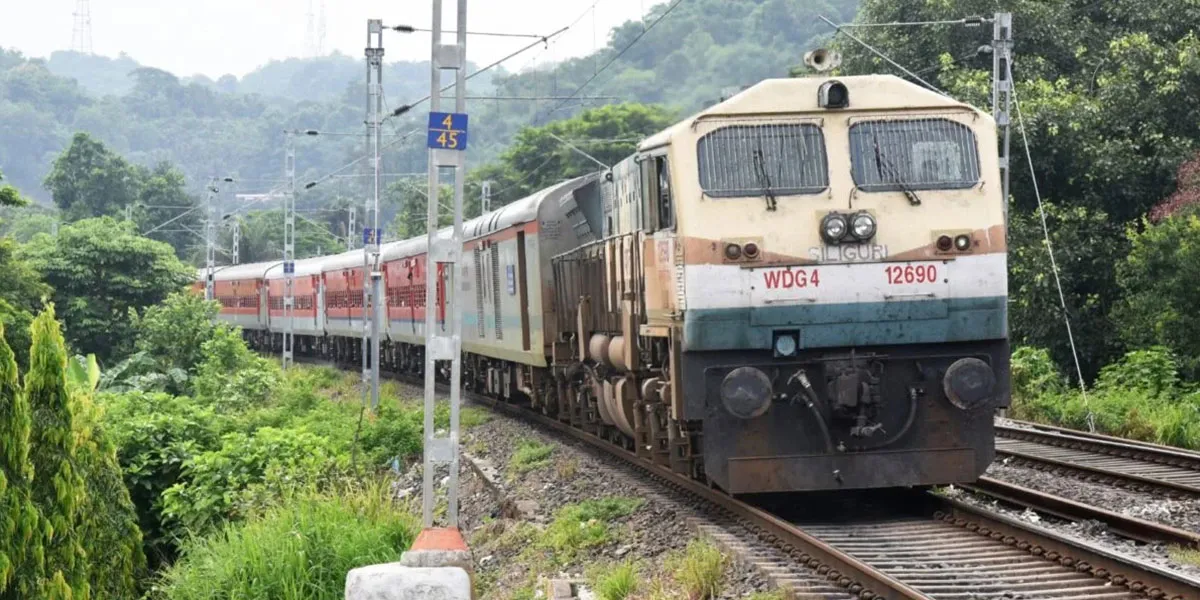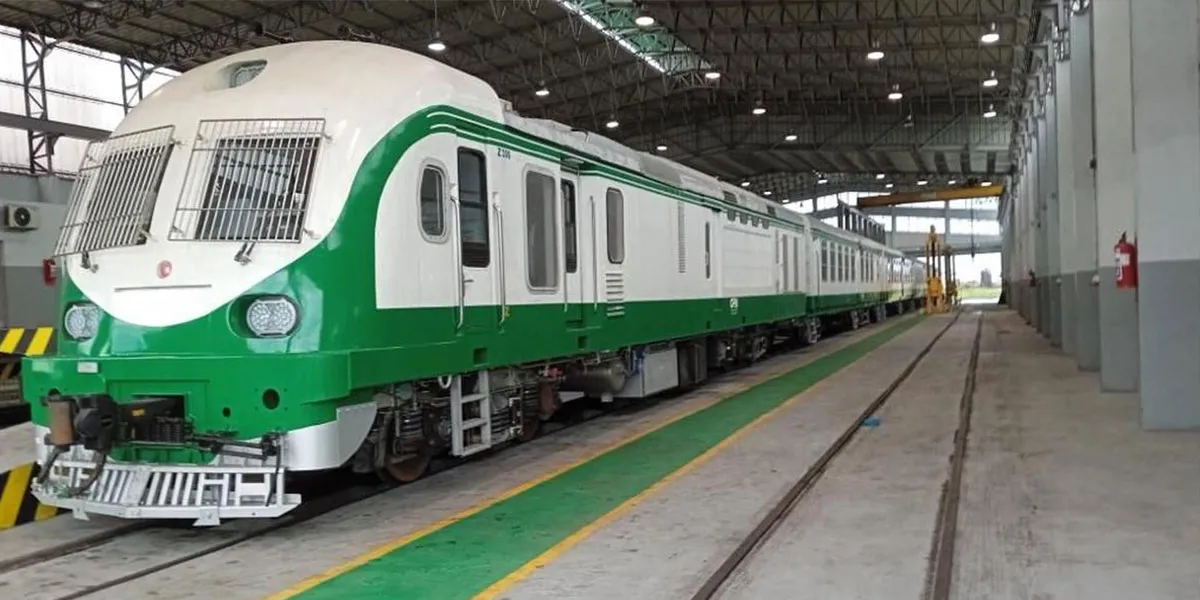India has not yet been able to create a vibrant ecosystem for mineral exploration. Ritabrata Ghosh, Associate Head, Corporate Sector Ratings, ICRA, explains the importance of adopting advanced technologies for better output, and the scenario in the Indian mining space.
How do you look at the mining scenario in India?
The first phase of reforms in the mining sector was initiated following the landmark judgments of the Supreme Court in the cases of illegal coal and iron ore mining which led to the transition to a transparent auction-based regime for the allocation of mineral resources from January 2015. Since then, the government has implemented additional measures to improve investment attractiveness for the domestic mining sector. These include streamlining the process of seeking environmental clearances, allowing a seamless vesting of regulatory clearances to a new bidder for a period of two years to mitigate the risk of production disruption, allowing commercial coal mining by private entities, and a migration of the revenue-sharing model in auctions from the erstwhile fixed rupee per MT to a percentage of the mineral price, which in-effect ensured that the states bore a part of the downside risks in mining. Moreover, in June 2020, to provide a predictable policy regime and reduce project gestation periods, the government issued guidelines for conducting auctions with pre-embedded clearances, which can potentially lead to better price discovery.
Till date (20 November 2020), India has auctioned 103 blocks of non-coal mines (like iron ore, chromite, limestone, bauxite, and gold) and 59 coal blocks, which has generated sizeable revenues for the state governments. However, notwithstanding the first phase of reforms, the mining industry grew at a modest CAGR of only 2 per cent between FY2017 and FY2020, and India continues to be a large importer for many minerals, including coal, in which we have abundant domestic reserves. Consequently, to ensure self-sufficiency in minerals, on 16 May 2020, Government of India made a list of announcements under the ‘Atmanirbhar Bharat’ scheme for enhancing investments in the mining sector and bringing in further structural reforms.
After the policy revival, how are the auctions of commercial coal mining progressing?
Out of the 38 blocks offered for commercial coal mining, only 23 blocks received bids. As on date, the auction of 19 blocks having a rated capacity of around 51 million tonne per annum has been completed, with the median bid settling at a reasonable level of 24 per cent of the representative coal price. Unlike in the earlier rounds of auction of captive coal blocks for non-regulated sectors, which saw aggressive bids, and auction premium averaging at an elevated level of over Rs 1,700 per metric tonne, in the ongoing round of auction for commercial coal mining, the winning bids have settled at significantly lower levels, which increase a project’s viability.
Foreign players are missing in the commercial coal mines auction, in spite of allowing foreign participation as per the policy revival. What can be the reasons?
Ease of doing business and a stable and predictable policy regime are key enablers for attracting foreign capital. The first phase of reforms, though incrementally positive, has failed to attract foreign capital. Between January 2015 to June 2020, FDI inflows in the mining sector has been a little over Rs 75 billion, representing a paltry 0.5 per cent of the country’s overall FDI inflows. For attracting global coal mining giants like Glencore, BHP Billiton and Anglo American, the sector needs to fix structural issues like prolonged delays in securing regulatory approvals, challenges in land acquisition, infrastructural bottlenecks, law and order problems in mining belts, and the absence of a predictable policy regime. Following the announcement of the ‘Atmanirbhar Bharat’ scheme, the government’s proposed amendments to the MMDR Act 1957 try to address some of these structural issues.
How is this impacting the opportunities for new technology adoptions?
In the mining of deep-seated minerals like copper, gold and diamond, which requires a greater degree of technological expertise, India is a long way from attaining self-sufficiency. Even for bulk commodities like coal, mining is largely restricted to a depth of 50-100 metre. Not surprisingly, in the technologically intensive area of underground coal mining, which has the advantage of a lesser ecological impact and less challenges associated with land acquisition, only 5 per cent of India’s overall coal production comes from underground coal mines, which is significantly lower than other leading coal producing nations like China, the US and Australia. Technology also plays a key role in increasing mine productivity. Today, the average productivity of a coal mine in Queensland, Australia is around four times the average productivity for Coal India. In the high-risk niche area of mineral exploration, junior mining companies, having the specialised technological knowhow to explore a particular group of minerals, dominate the global landscape. However, India has not yet been able to create a vibrant ecosystem for mineral exploration, with the segment being largely dominated by government companies who do not have access to the latest technology in mineral exploration. In a bid to attract private companies in exploration, the government has proposed to allow the usage of NMET funds for reimbursing cost of mineral exploration carried out by private companies.
How do you look at the post-Covid challenges in mining?
Following the Covid-19 pandemic, sectors like manufacturing, automotive, infrastructure and construction, and real estate have received a setback, leading to a contraction in demand for many minerals. For auctioned blocks, there are commitments on minimum production levels, which in many cases would be difficult to fulfil, given the weak demand environment and challenges in mobilisation of labour and machinery. Apart from the lost revenue due to lower mineral production, minimum production-linked payment commitments to the respective state governments could potentially lead to additional financial burden for mine-owners if specific relaxations are not given. Moreover, for ongoing greenfield mining projects allocated through auctions, the pandemic has pushed back commissioning timelines by at least 6-9 months. This can lead to slippages in the achievement of project milestones, exposing project developers not only to the risks cost escalation, but also encashment of performance security.




















